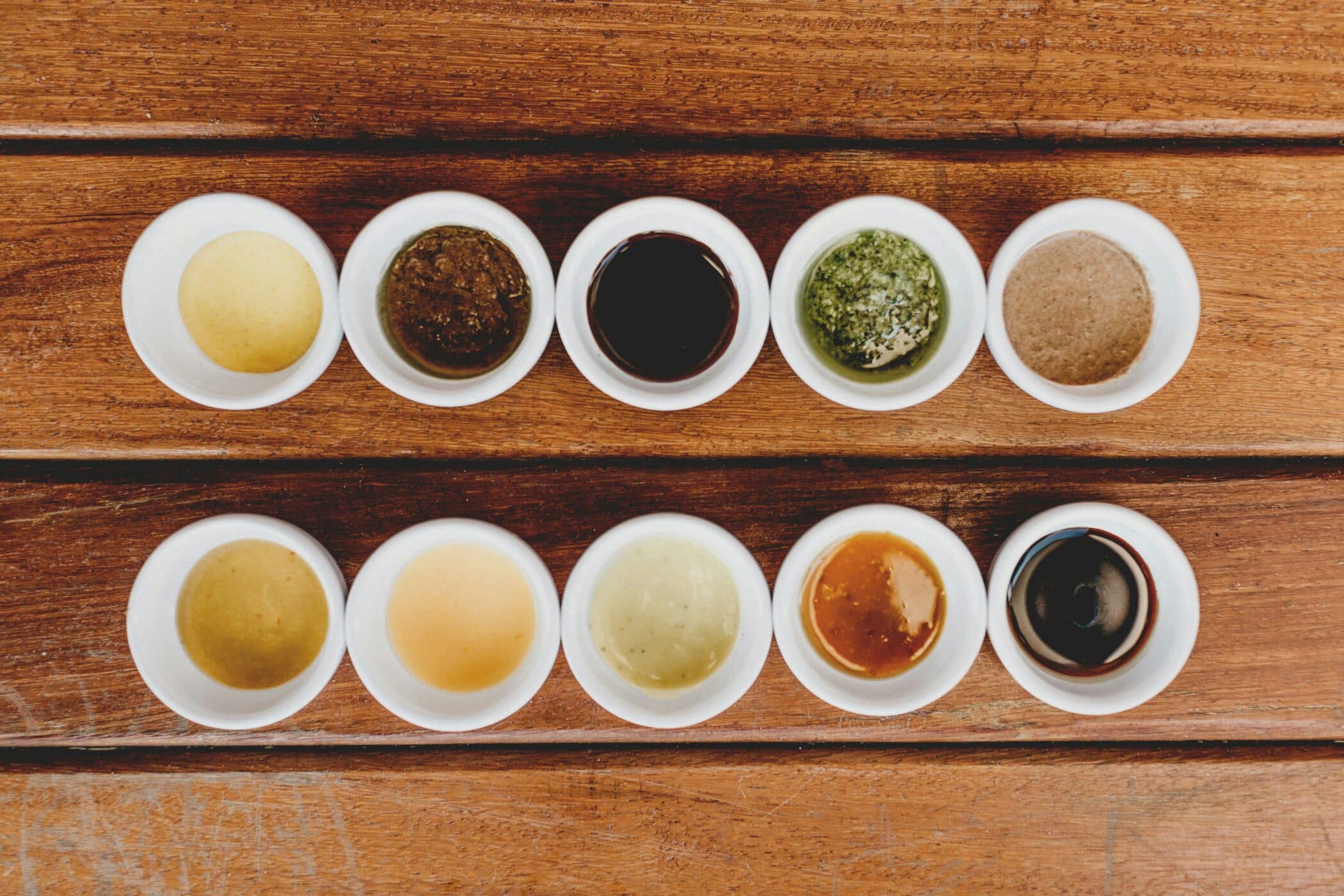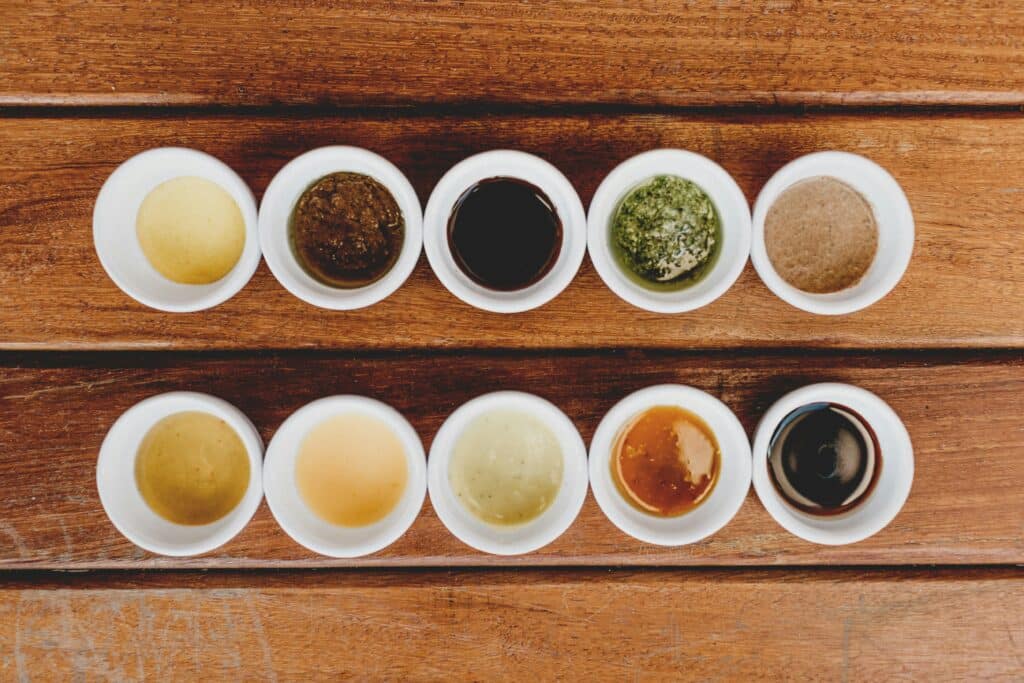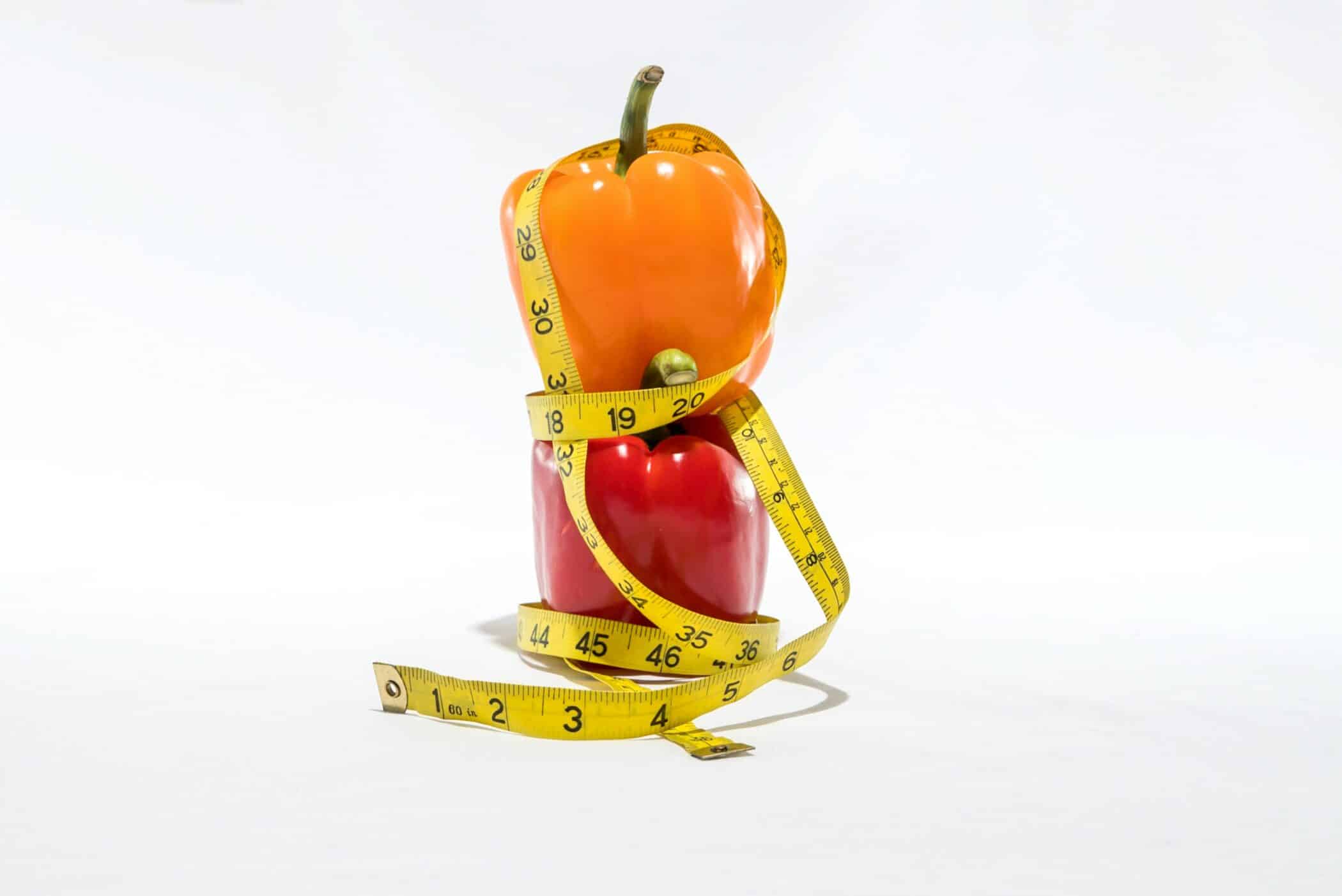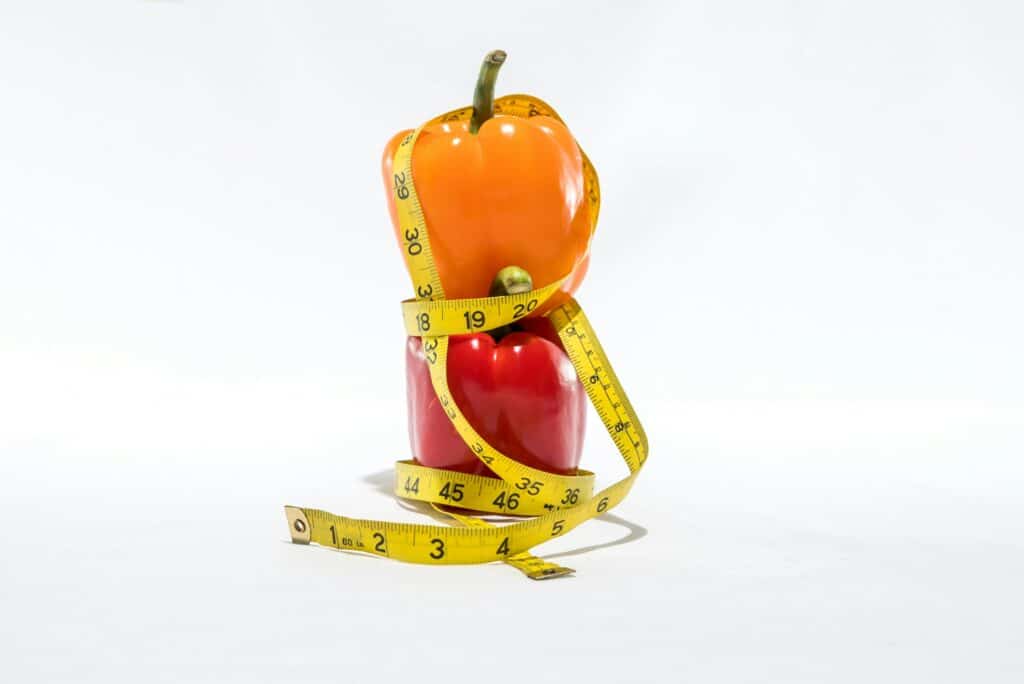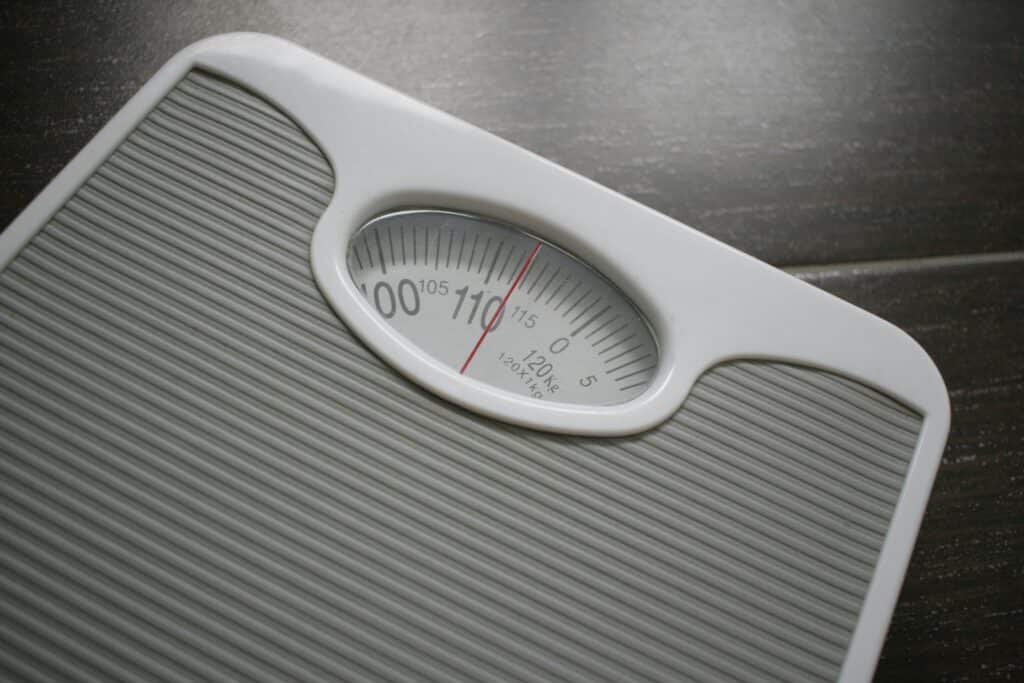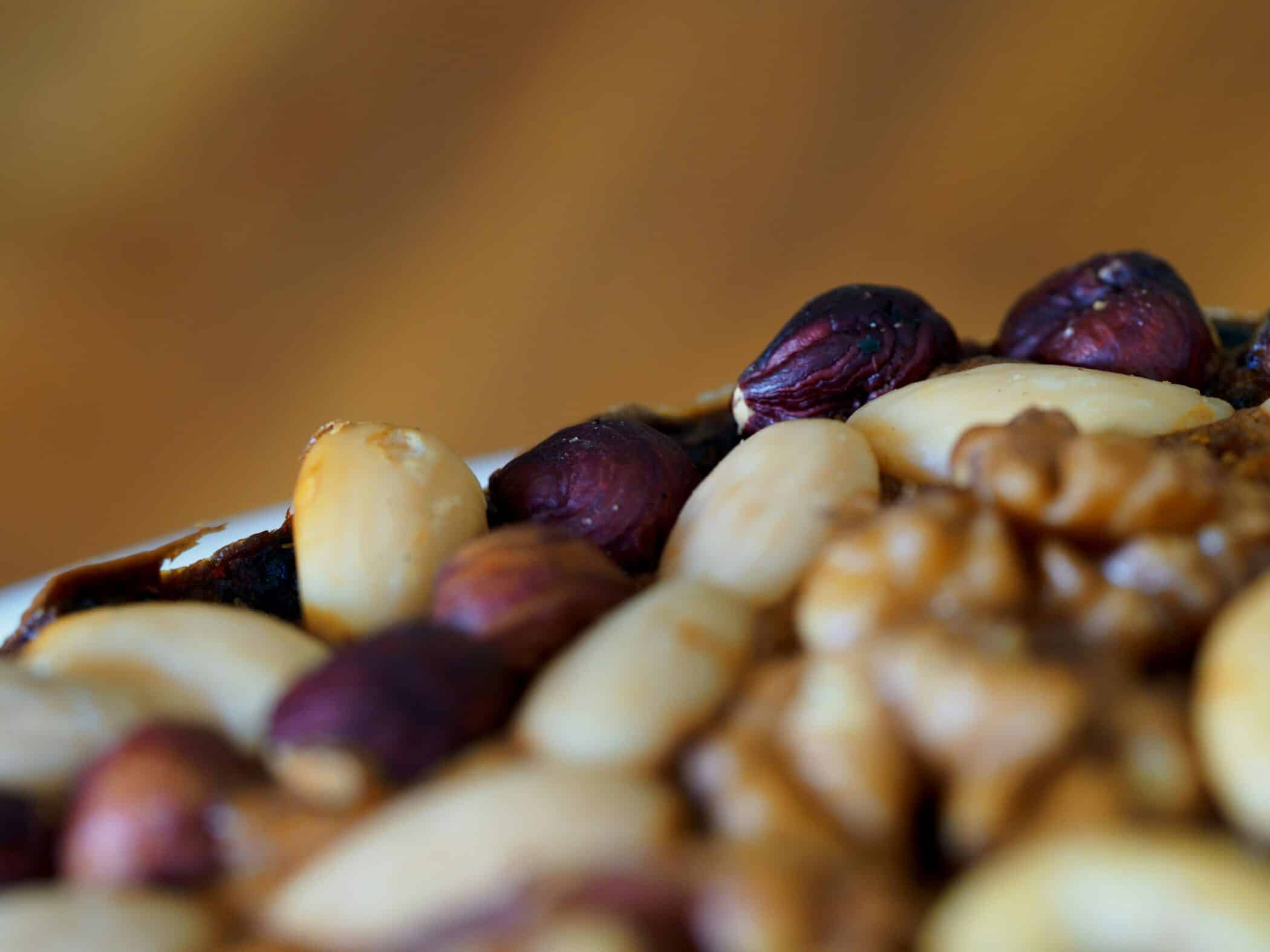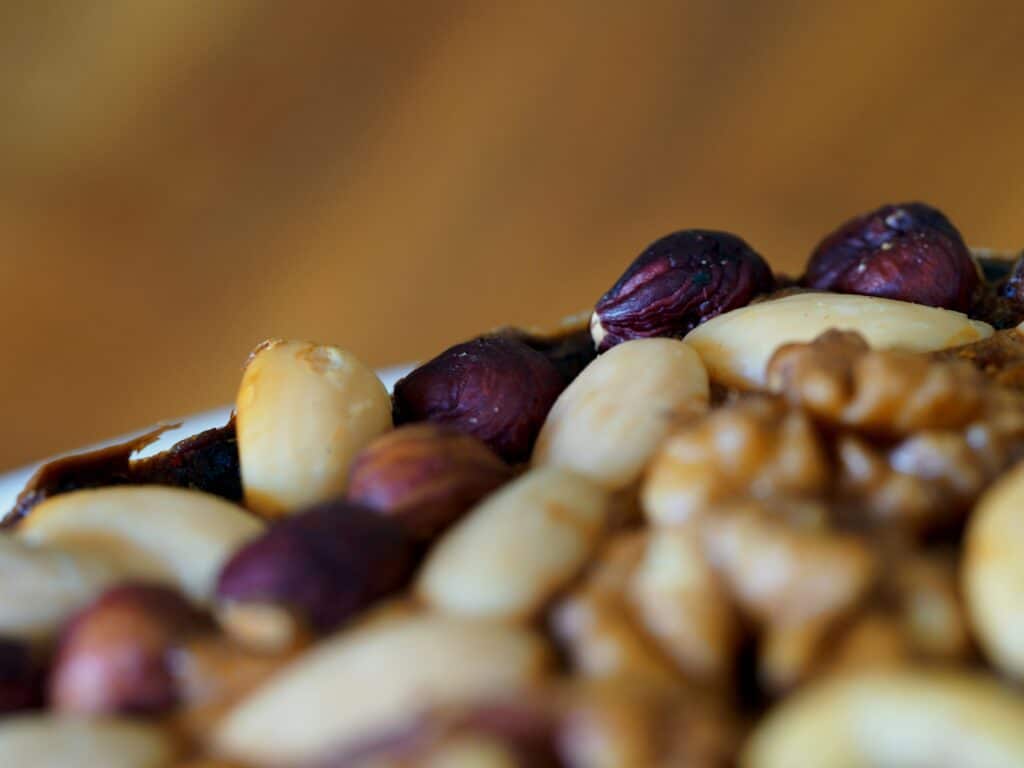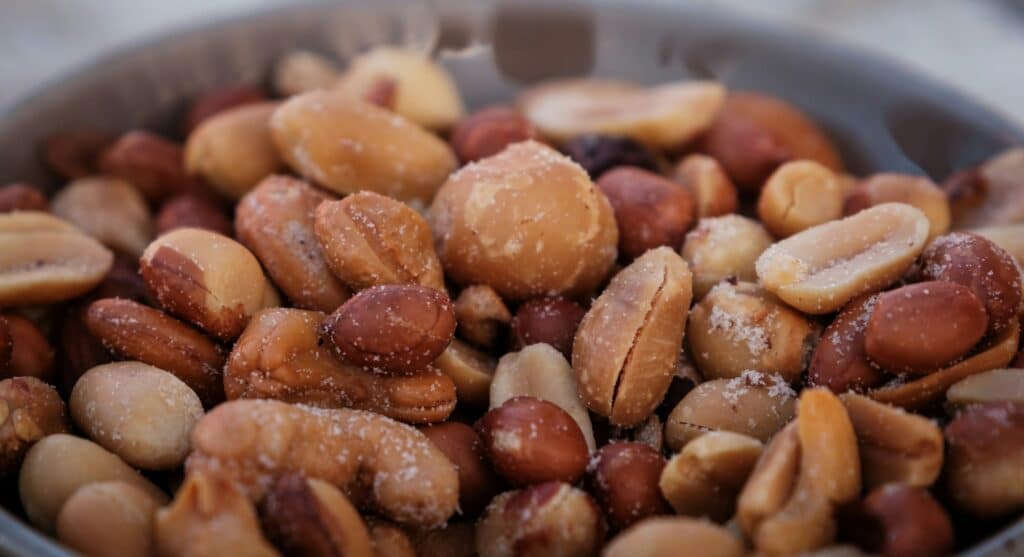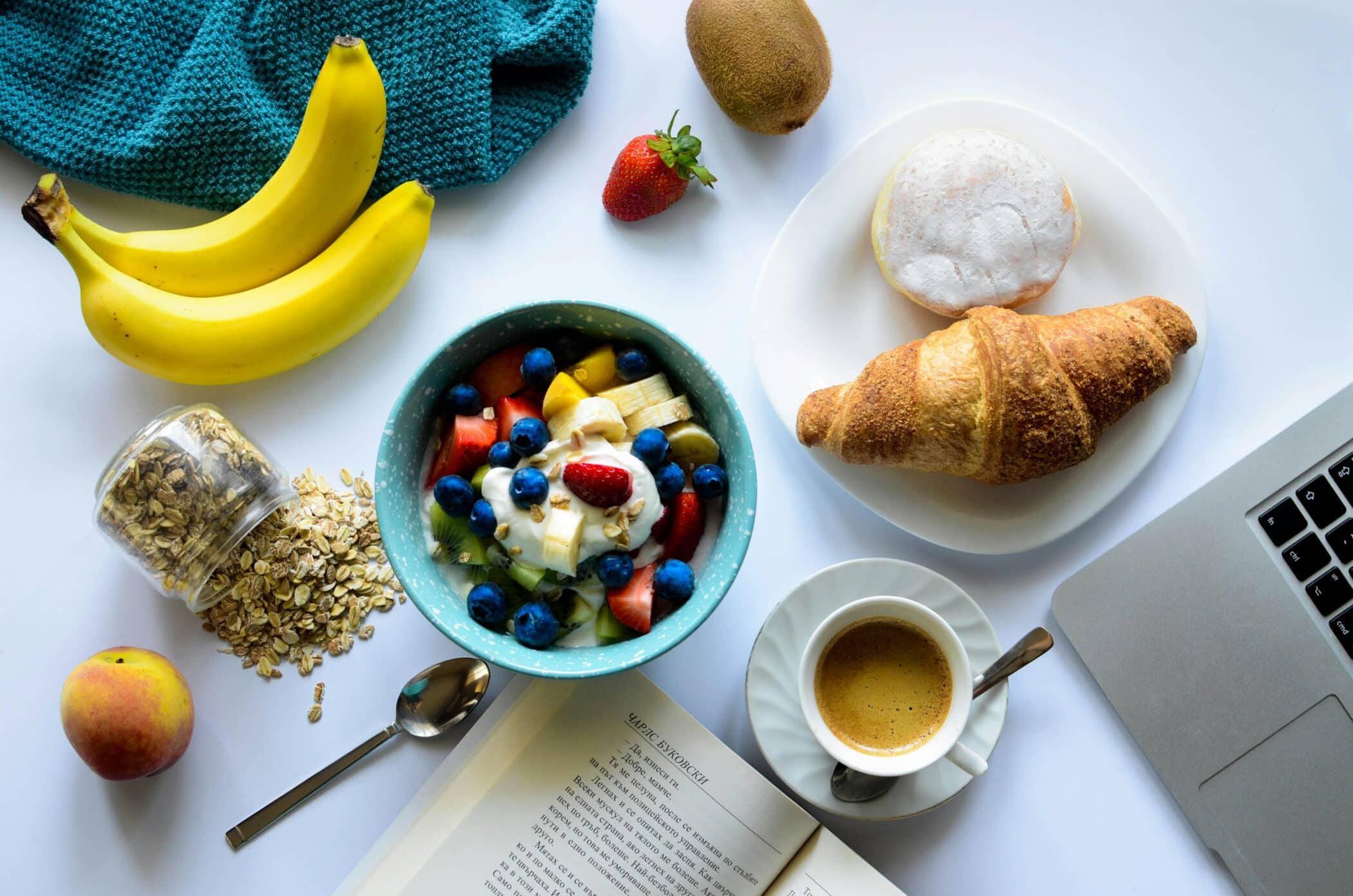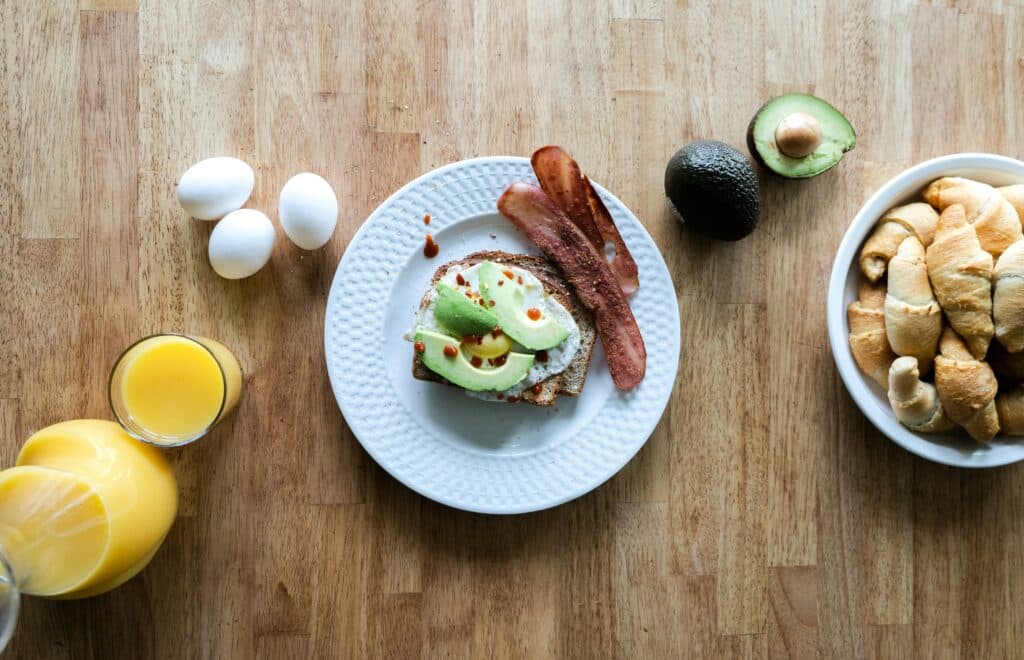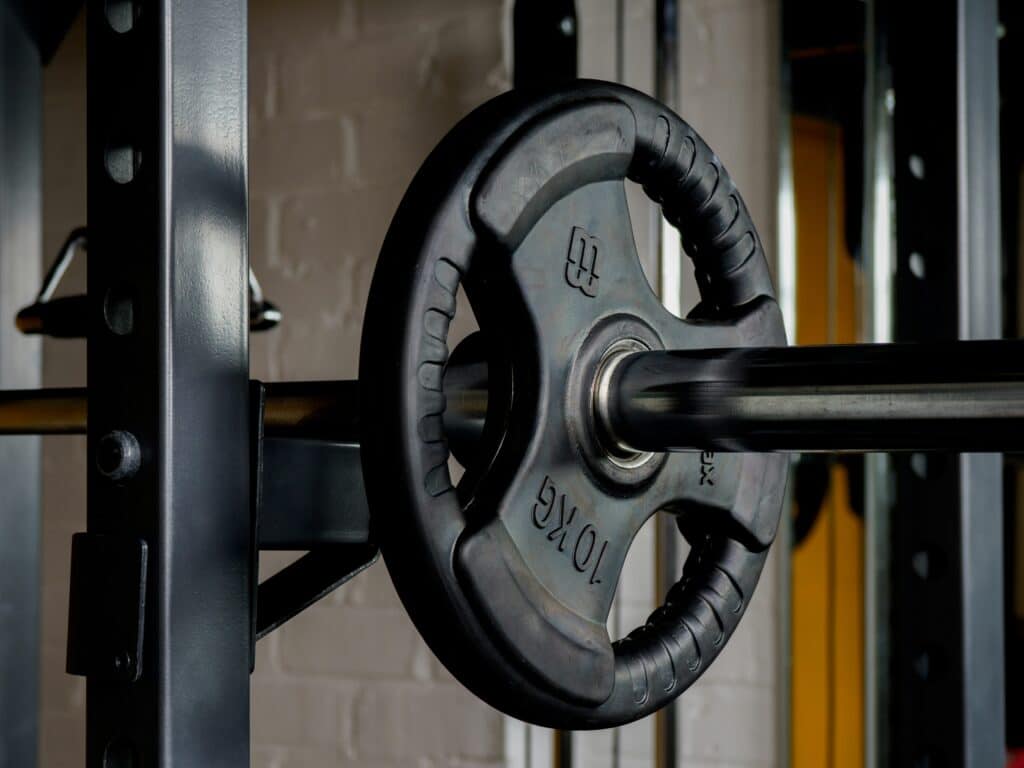
When pursuing their fitness goals, many see the gym as the ultimate solution. It’s where we sweat, strain, and push our bodies to the limit. Naturally, that’s vital in pursuing a healthier and more appealing physique. While the gym does play a crucial role in our fitness goals, it’s not the only thing to consider. Proper nutrition with bulking foods, consistency, and adequate rest must be on point to get the desired results.
Neglecting nutrition
Achieving your fitness goals is a long journey; hitting the gym is just one piece of the puzzle. Your goal may be to bulk up and gain muscle mass. You may want to improve your overall physique and health. Regardless of your goals, nutrition is the key factor in those efforts.
Bulking foods are the foundation of any successful muscle-building plan. These foods give your body the nutrients needed to repair and grow muscle tissue. To understand their importance, let’s break down the key factors:
Protein: The building block of muscle
Protein is often called the “building block” of muscle and for a good reason. It’s rich in amino acids, which build muscle tissue. When you work out at the gym, you create tiny tears in your muscles. Protein repairs these tears, leading to muscle growth.
Some bulking foods which are excellent sources of protein are:
- chicken;
- turkey;
- lean beef;
- fish;
- eggs;
- tofu;
- legumes.
Aim to include protein in every meal to support muscle recovery and growth.
Carbs: Your energy source
Carbohydrates are your body’s number one source of energy. When you’re hitting the gym for intense workouts, your body needs carbs to fuel your efforts. Carbs provide the power to push through those challenging sets and reps. That allows you to maximize your training.
Choose complex carbohydrates like:
- whole grains;
- oats;
- brown rice;
- quinoa;
- sweet potatoes.
These foods provide a constant release of energy to keep you fueled throughout your workout and help you recover afterward.
Fats: Essential for hormone production
Healthy fats are often overlooked in a bulking foods diet. However, they’re crucial in hormone production. Hormones like testosterone are vital for muscle growth. They require fats for synthesis. Adding healthy fats contributes to optimal hormone levels. Those include bulking foods like:
- avocados;
- nuts;
- seeds;
- olive oil.
Balancing these three macronutrients is critical to supporting your muscle-building goals. A well-rounded diet will have components in the right amounts. Balancing them will give your body the nutrients it needs to thrive.
Ignoring consistency
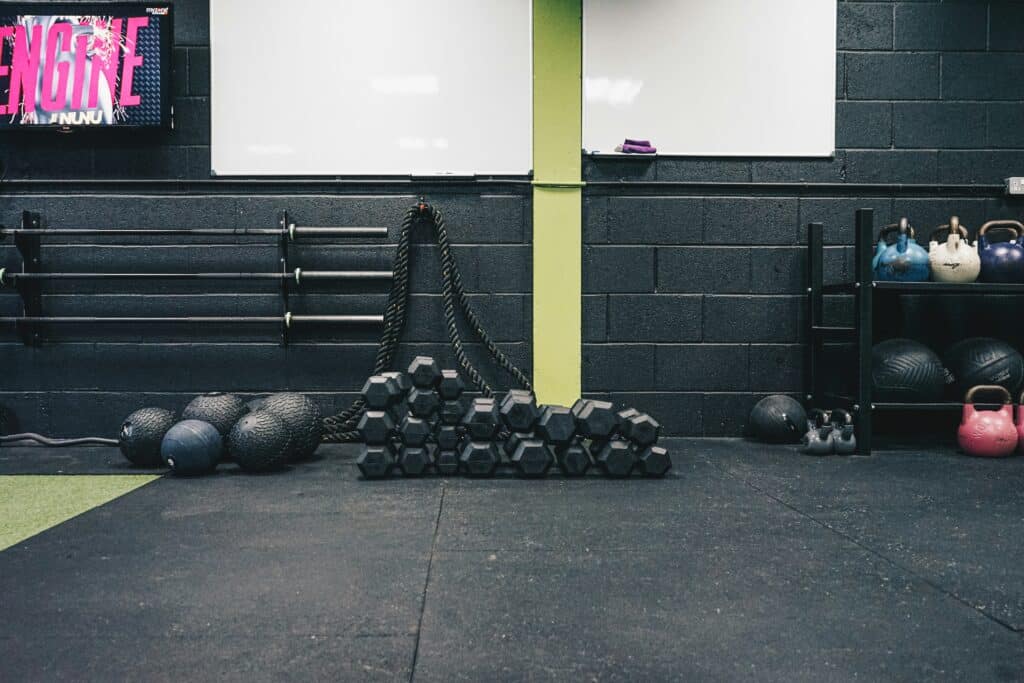
Consistency is the unsung hero of fitness. Intense workouts may grab the spotlight. Yet, the commitment to your fitness routine makes a difference. Ignoring consistency can be a major setback to achieving your fitness goals.
Consistency allows you to make gradual, sustainable progress. It’s the small improvements over time that lead to significant results. Those who occasionally engage in intense workouts may see short-term gains. Still, that approach is difficult to maintain.
Consistency also helps build healthy habits. When you make exercise and bulking foods a regular part of your routine, it becomes second nature. It’s no longer a matter of willpower; it’s a habit in your lifestyle.
Intense, occasional workouts can increase the risk of injury. It’s difficult for your body to adapt to a sudden, intense exercise. Consistency allows your body to adapt gradually and reduce injury risk.
Consistency also builds mental strength. When you commit to your fitness routine, you develop discipline and mental toughness. Of course, these are the critical qualities for long-term success.
To achieve consistency with your fitness goals, try these little tips and changes:
- set clear goals: set realistic, achievable fitness goals;
- create a schedule: craft a weekly workout plan;
- start small: begin with lighter workouts, then gradually increase intensity;
- find accountability: workout with a friend or use fitness apps;
- celebrate progress: acknowledge and reward your achievements;
- prioritize recovery: allow time for rest and recuperation;
- experiment with bulking foods options: many find sticking to a bulking foods meal plan complex. However, you can always experiment with meal delivery options like jetfuelmeals.com that will bring fresh bulking foods to your doorstep;
- stay flexible: adapt to life’s changes, but maintain your routine;
- stay positive: maintain a positive mindset and stay motivated;
- enjoy it: choose activities you genuinely enjoy to sustain long-term commitment.
Overlooking rest and recovery
Rest and recovery are vital aspects that determine your success in fitness goals. Rest is not only a break from your workouts. It’s a crucial part of the muscle-building process.
When you engage in resistance training at the gym, you create small tears in your muscle fibers. Your body repairs them during rest, leading to muscle growth and strength development. This process can’t happen without enough rest. Furthermore, you risk overtraining and potential injury.
Adequate rest also supports a healthy hormone balance, including testosterone levels. Testosterone is a key player in muscle growth. Chronic sleep deprivation or insufficient rest can lead to hormonal imbalances.
Finally, overtraining and lack of rest can increase the risk of injuries. Muscles, tendons, and ligaments need time to recover from the stresses during exercise.
To avoid these potential issues, you must focus on sleep to get the much-needed recovery. During deep sleep stages, blood flow to muscles increases. That process aids in the delivery of nutrients and the removal of waste products. It promotes muscle repair and growth.
Sleep is also essential for the release of the growth hormone (HGH). This particular hormone is critical for muscle development and overall recovery. Additionally, quality sleep improves your cognitive functions. A well-rested mind is more focused and motivated. That will enable you to get better workout performance and stick to your fitness routine.
To maximize your rest and recovery efforts, focus on the following:
- getting seven to nine hours of sleep each night;
- add active rest in your routine like yoga, stretching, or low-intensity cardio;
- pay attention to signs of overtraining (soreness, decreased performance, intense fatigue);
- prioritize proper nutrition and hydration.
Final thoughts
In your fitness journey, remember that achieving your goals is not just about hitting the gym with intensity. It’s about understanding the balanced approach to a healthier, fitter you. Many factors will impact your success, whether you aim to build muscle, lose weight, or improve overall fitness.
From the significance of bulking foods to the necessity of rest, consistency, and well-rounded fitness routines, these reasons show why the gym alone is not enough. Embrace a balanced approach to make fitness a sustainable part of your life. By doing so, you’ll reach your goals and enjoy a healthier, happier journey along the way.


